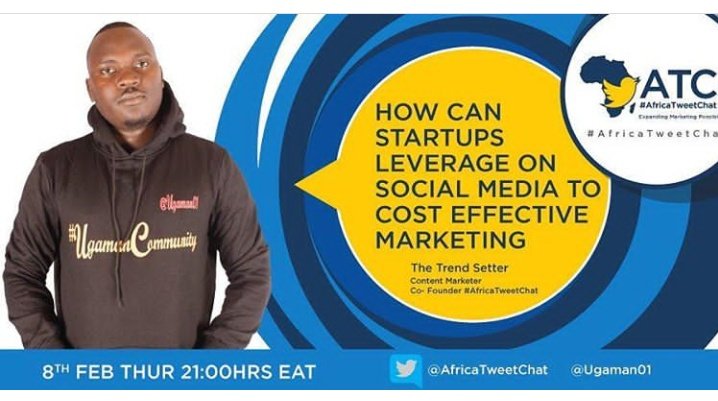Here's a paradox: the healthier the European startup ecosystem gets, the more difficult it is to make the difference between lively startups and zombie ones.
That's because there's now much more for the zombies to feed upon 1/
The process was simple, it went through three steps.
2/
☑️ Then you go back and forth between designing a product for consumers and selling some version of that product to a corporate client
☑️ In the end, you're just one more agency that calls itself a startup—eg a zombie!
3/
Here are the steps that most zombie startups follow (checking boxes)...
4/
It buys you 12-18 months of runway.
5/
That's when you start attracting the attention of VCs with no deal flow. You're already in talks for a seed round, even a series A.
6/
But the product is a failure: consumers are not interested. And now you have real investors on board. It's time to panic. How do buy a longer runway?
7/
☑️ Also, you should hire CxOs with experience on enterprise markets, and those are actually interested in your startup—because everyone wants to work in startups now!
8/
9/
10/
11/
☑️ Needless to say, at that stage it helps to throw fancy words around: "big data", "chatbots", "AI", "crypto"
12/
☑️ A new round of financing, because those investors already on board don't want to lose their money and they somehow believe in the enterprise / white label strategy. An even longer runway!
13/
14/
☑️ An ICO of course! Time for a payoff for your public profile. And if the ICO actually works, it buys you an even longer runway.
See @bhorowitz about bad companies having an ICO:
15/
☑️ The zombie startup saves face by getting acquired at some point!
16/
Everybody's honor is safe, and most people are still unable to make the difference btwn a zombie startup and a lively one.
17/
18/
Don't forget to read Mathias's story on zombie startups 🤗
[End]
salon.thefamily.co/avoiding-zombi…





